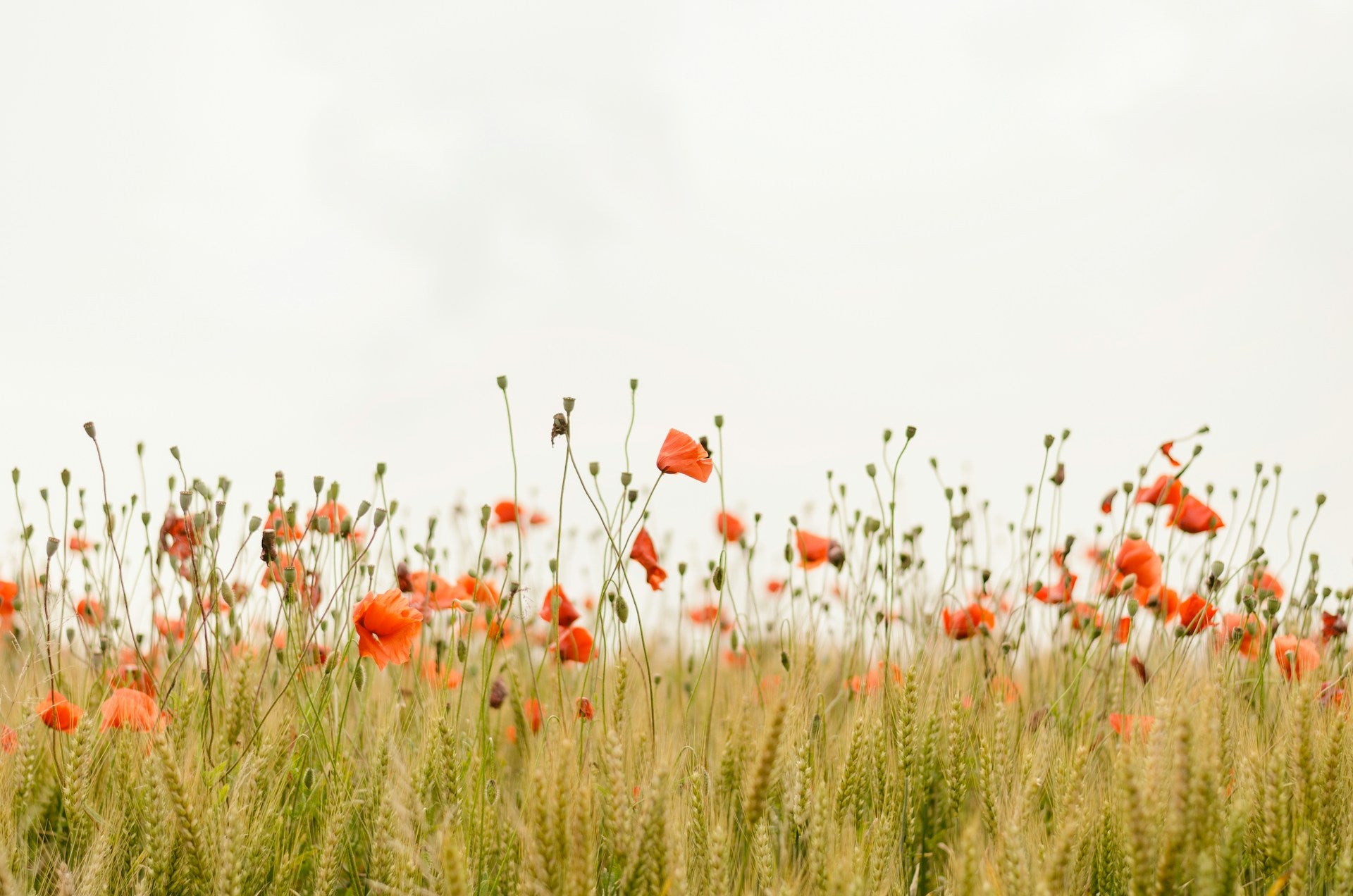

· By Brooke Hamilton-Benjestorf
A Hierarchy of Recyclables
What is and isn’t recyclable isn’t as straight-forward as it feels like it should be. Like how many times I have to tell my husband that soft plastic is not recyclable, or how many times my best friend tells me I can’t recycle a certain type of plastic bottle. Or how many times I retort back to her that our town (I live in a smallish community nestled up against the Rocky Mountains called Loveland) hand-sorts our recycling and that we have a higher percentage of successfully-recycled goods here than almost anywhere else in the country. Which is totally random, but also totally awesome.
I am under the impression that Napa, too, touts a pretty good recycling program. So. What items are the most recyclable? Some of the answers are fairly obvious, others are less-so. Let’s get the obvious ones out of the way, and bring them back onto our radars as the types of packaging we’re looking for in our purchases. And then let’s talk about the murkier area, aka plastic.
Food waste is the easiest thing to recycle. Particularly on the west coast. Most west coast recycling programs have a food compost component. We don’t have that where I live, but we do have a big backyard that backs up to an alley - which is a lovely place to conduct some Grade A Composting. To be totally transparent, I never turn it or conduct any sort of compost maintenance, but it still turns into rich, gorgeous soil anyway. It’s very cool and magical.
Steel - which is the most recycled material by weight, and can often be reused rather than recycled - and aluminum - which can be melted down and recycled continuously - are super-recyclable, as are paper and cardboard. On average paper can be recycled 5-7 times before its multi-various life is over. [1] Some types of paper and cardboard are also compostable! Glass is another great one for the recycling center, and can be recycled endlessly (except for the kind of glass used to make mirrors).
Now let’s chat plastic. In some cases, it’s pretty tricky to avoid buying products packaged in plastic, so it’s useful to know how to navigate the types. The most recyclable types are #1 PET (used to make hard plastic containers) & #2 HDPE (used to make milk jugs and shopping bags). [1] Different types of plastic are structurally different, so they naturally must be recycled in different ways. Clean PET bottles are broken down into pellets to make more plastic bottles, while PET bottles that aren’t clean enough are transformed into fiber for polyester. Similarly, HDPE is shredded and melted down before it’s formed into pellets for manufacturing. It can be recycled up to 10 times - not bad! [1]
Other types of plastic are less of a sure thing in the recycling game. It couldn’t hurt to dive down this rabbit hole yourself, and get further educated on the specific recycling hierarchy of plastic. But using as little plastic as we can, buying less, demanding less, is surely the most impactful choice we can make when it comes to consuming responsibly.
We don’t have to fall prey to the irresponsible and disconnected practices of our modern culture. Calmly making informed decisions about what we purchase and why is entirely achievable. Just take a breath and pay attention. You’ll see a more beautiful world blooming around you, I promise.
- #California Zero Waste
- #Clean products
- #Conscious Living
- #Creative Sustainability
- #Eco-chic
- #Eco-conscious
- #Intentional Living
- #Mindfulness
- #Mother Earth
- #Napa Valley
- #Napa Valley Community
- #Napa Valley Living
- #Natural living
- #Recycle
- #Reduce
- #Refuse
- #Reuse
- #Self-improvement
- #Slow Living
- #Sustainability
- #Thoughtful Living
- #Tread lightly
- #Upcycle
- #Waste Management
- #Water conservation